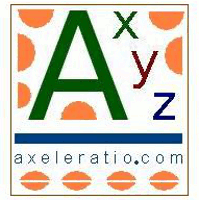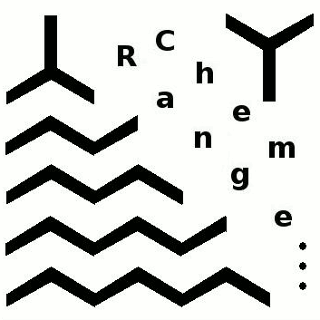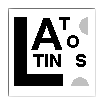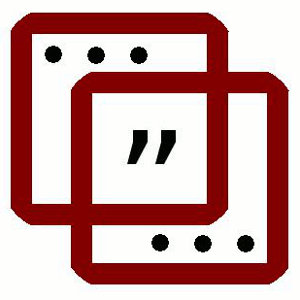Number equivalents and unicode entities of the (22+5) letters of the Hebrew alphabet
Axel Drefahl -
July 2014
 Tweet
Tweet
The Hebrew alphabet consists of twenty-two letters [1-3]. Each letter has a numerical value and letters can be combined to represent numbers. The following table shows the number equivalent of each letter—and the unicode entity for the use of hebrew letters in HTML documents.
| א | Aleph | 1 | א |
ל | Lamed | 30 | ל |
| ב | Bet | 2 | ב |
מ | Mem | 40 | מ |
| ג | Ghimel | 3 | ג |
נ | Nun | 50 | נ |
| ד | Dalet | 4 | ד |
ס | Samekh | 60 | ס |
| ה | He | 5 | ה |
ע | Ayen | 70 | ע |
| ו | Vav | 6 | ו |
פ | Pe | 80 | פ |
| ז | Zayin | 7 | ז |
צ | Tsadi | 90 | צ |
| ח | Het | 8 | ח |
ק | Qof | 100 | ק |
| ט | Tet | 9 | ט |
ר | Resh | 200 | ר |
| י | Yod | 10 | י |
ש | Shin | 300 | ש |
| כ | Kaf | 20 | כ |
ת | Tav | 400 | ת |
There are five more letters—the
sofit (pronounced
“so-feet”) symbols [4]. These special letter
forms are used only at the end of a word. They, too, represent
numbers, which, along with the symbol and name of their
cousin letter, are shown
here:
| ך | כ | Kaf | 500 | ך |
| ם | מ | Mem | 600 | ם |
| ן | נ | Nun | 700 | ן |
| ף | פ | Pe | 800 | ף |
| ץ | צ | Tsadi | 900 | ץ |
Composed Hebrew number examples:
|
The Hebrew numeral notations for 21 and 99 can be interpreted
as 1 + 20 (Aleph + Kaf) and
9 + 90 (Tet + Tsadi), respectively.
Since Hebrew is read from right to left, however, the
numbers are read as 20 + 1 and 90 + 9.
By decorating Hebrew letters, numbers higher than 900
(encoded by the sofit Tsadi) can be build. Joseph Mazur
explains [3]:
To represent thousands, one would start from the beginning [of the Hebrew alphabet] and place two dots above the letter. So would represent 1,000; would reprent 2,000, and so on.
The system of Hebrew numerals is a quasi-decimal alphabetic numeral system. It is a flexible place-value system—differing from “our” strict base-ten number system in that it applies more than ten “digits” without having a cipher for zero. Further, letter combinations for certain numbers are rearranged or redefined, when the systematic numeral representation coincidences with the spelling of a word with a particular connation such as the name of God or a demon.
References and related pages
| [1] | Internet: Unicode and HTML for the Hebrew alphabet. http://en.wikipedia.org/wiki/Unicode_and_HTML_for_the_Hebrew_alphabet (accessed on July 4, 2014). |
| [2] | Internet: Hebrew: Hebrew alphabet (Aleph-Bet). https://www.jewishvirtuallibrary.org/jsource/Judaism/alephbet.html (accessed on July 4, 2014). |
| [3] | Joseph Mazur: Enlightening Symbols. Princeton University Press, Princeton and Oxford, 2014; pp. 17-19. |
| [4] | Internet: Hebrew Consonants - Learning the “Sofit” Letters. http://www.hebrew4christians.com/Grammar/Unit_One/Final_Forms/final_forms.html (accessed on July 4, 2014). |
| Axeleratio Home | |
| ThermoML Scout | |
| ChemRange | CurlySMILES |
Curiosity & Learning
>> Ludolph's number>> Binomial coeff. in MathML
>> Gardner about history
>> Don't dig trenches!
>> Chemical trails
>> Alumin(i)um
>> 2-D solid electrolytes
>> Mushroom hunting
>> Rare Oenothera xylocarpa
>> Culturomics
>> The Loomis legacy







